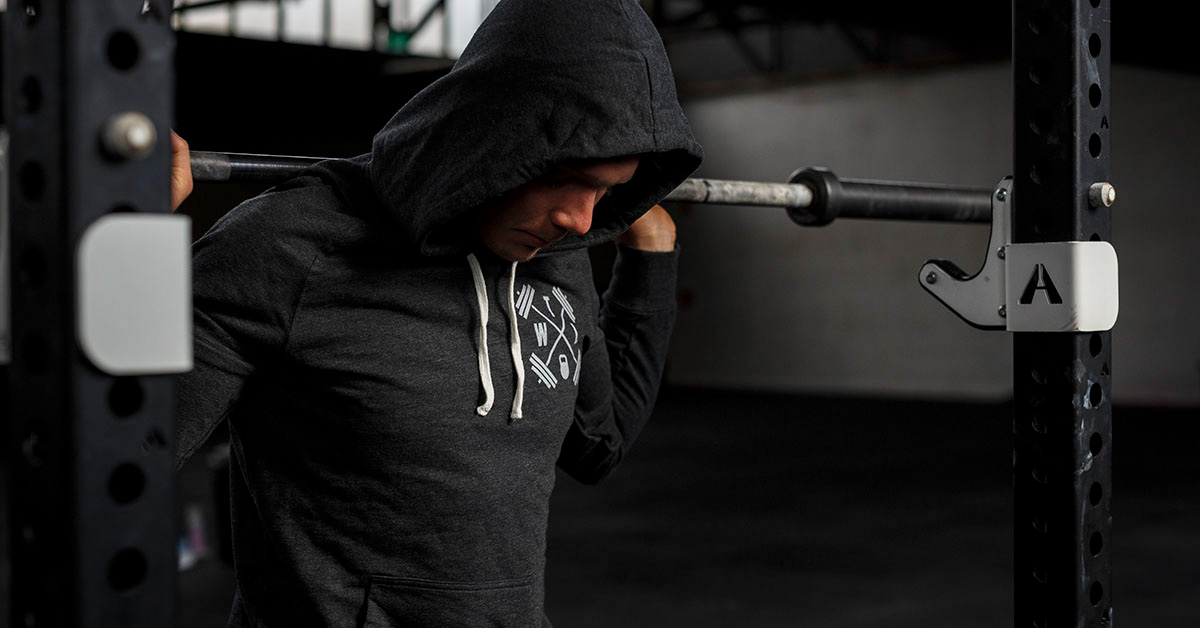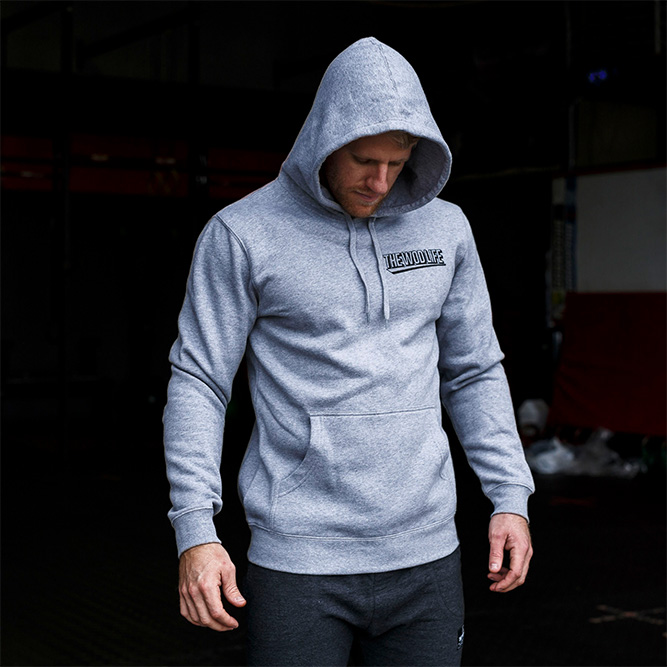Training as the cold winter months set in can be off-putting and even a little risky, if the right steps aren’t taken to prevent injury and keep warm. Since most boxes are situated in industrial buildings with concrete flooring, they stay cooler and more humid than usual. Despite some arguments to the contrary, though, it’s perfectly safe and healthy to train in the cold. You can continue to make gains in the winter by following a few simple rules.
One reason you need to take precautions with training in the cold is because being cold suppresses the immune system as it makes an effort to warm your core temperature up. When the immune system is suppressed, it doesn’t do as good a job fighting off viruses. Besides that, being cold means stiff muscles and joints. For the same reason we need to do a good warm-up before any workout, we need to ensure the body and all the joints are warm and loose to prevent injuries like strains and sprains.
Layering Up
All of us love training in our TWL muscle tanks and booty shorts; but before you head out of the house in your typical gym clothes, remember that your body needs extra protection from the cold temperatures and winds. Layer up with a long sleeve or a light zip-up. Always take your time to thoroughly warm up the back and shoulders before stripping your layers down.
According to the Mayo Clinic, you should also pay attention to the specific materials you’re wearing. They suggest starting with a synthetic material like polypropylene, because it draws sweat away from the body. Similarly, you should avoid cotton as your first layer, because it stays wet on top of your skin. Next should be fleece or wool for insulation, topped with something waterproof and breathable on the outside.
Can you still wear your favorite shorts or sports bra to the gym? Sure! But always start off fully protected and undress each layer as you feel the heat coming on.
Avoid Being Overdressed
On the other hand, you don’t want to be covered in layers that don’t breathe or that are too heavy either. This can lead to overheating or excessive sweating, which leaves you cold the moment you stop moving. As aforementioned, avoid cotton, as well as heavy hoodies that might make you sweat too much.
Cover the Head and Fingers
Heading outside? Cover your head. When you’re in colder temperatures, your blood flow is concentrated in your core, which means your head, hands and feet will be unusually cold and at risk of frostbite. The numbers vary widely, but science says you can lose anywhere between 7% and 75% of your body heat through your noggin. Never train in cold temperatures without protecting your head!
The same goes for your digits. Keep your hands protected with warm gloves. Working with a barbell or hanging from the rig for gymnastics work is painful (or impossible) if you’ve got cold hands.
Change Your Clothes
Our best tip to training in the cold is to change your clothes before leaving the gym. Sitting in the car on the way home with a sweaty top is probably the worst thing you can do to your immune system. You want to be dry and warm, always; and sitting in sweaty clothes in the cold makes it difficult to warm your body up. In case you need to make a stop on the way to your destination, or are entering a cold car, do yourself a favour and always change out of sweaty workout clothes and into dry ones.















